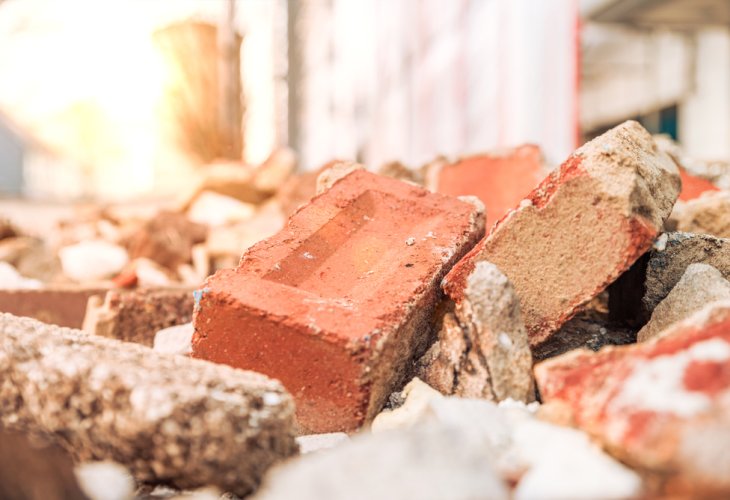Torah Personalities
Trapped Beneath the Rubble: How the "Pnei Yehoshua" Was Born from Tragedy
A deadly explosion in 18th-century Lviv destroyed Rabbi Yaakov Yehoshua Falk’s home and family, but gave rise to one of the greatest Torah works of the era
 (Photo: shutterstock)
(Photo: shutterstock)A Winter Morning in Lviv Turns to Horror
It was the 23rd of Kislev, 1493, in the snow-covered Galician city of Lviv. The streets were silent in the early morning chill when suddenly a thunderous explosion rocked the city. A mushroom cloud of fire rose from a central street. Walls collapsed. Cries of the wounded pierced the air. A gunpowder storage depot had ignited, likely due to a fallen plank or a loose nail sparking a fire. In those days, there were no safety codes or climate-controlled warehouses. And perhaps not by coincidence, the depot had been placed near Jewish and merchant homes, far from the noble estates.
Buried Alive and a Pledge to Publish
One of those buried under the wreckage was the city’s rabbi, Rabbi Yaakov Yehoshua Falk. Trapped under beams and bricks, his entire home collapsed. His family was gone. Alone and pinned beneath the rubble, he turned inward: What does Hashem want from me? His answer: I’ve spent years studying Torah and developing insights, but never wrote them down. I must publish them for the world.
The moment he made this vow, he noticed a faint glimmer of light. With great effort, he inched toward it, dragging himself forward until he emerged from the ruins. Though devastated and bereaved, he survived and fulfilled his promise. His Torah commentary, Pnei Yehoshua, became a classic across the Jewish world.
Legacy of a Torah Giant
Rabbi Yaakov Yehoshua Falk was born in Krakow into a distinguished rabbinic family. His grandfather, Rabbi Yehoshua Heshel of Krakow, was the author of Magen Shlomo, a defense of Rashi’s commentary against Tosafot’s questions. Interestingly, that grandfather had also written a responsa work titled Pnei Yehoshua, and the grandson adopted the same title for his Talmudic commentary. The Kotzker Rebbe later remarked that before writing it, Rabbi Falk had reviewed the entire Talmud 36 times.
He remarried, and his second wife, Gitta, was a Torah scholar in her own right. The Chida (Rabbi Chaim Yosef David Azulai) recorded that during a visit to the rabbi’s home, he observed Gitta engaging in Torah discussions with her husband.
Rabbi Falk later served as chief rabbi in Berlin. However, after issuing a ruling against a powerful figure named Feitel ben Chaim, he faced retaliation and was forced to leave. He moved to Metz, where his influence spread throughout German Jewry, from Frankfurt to Mannheim to Worms.
His lineage traced back to Rashi, who was himself a descendant of Rabbi Yochanan HaSandlar of the tribe of Yehudah.
Conclusion
From the ruins of a horrific tragedy, Rabbi Yaakov Yehoshua Falk emerged with a mission and gave the Jewish world one of its most cherished Talmudic commentaries. The Pnei Yehoshua remains a testament to Torah resilience, clarity, and the light that can emerge from darkness.

